1917 to 1944
Transformation to a Modern Company
Based on the belief that "science has value only if it is used to help people," Shimadzu completed a general purpose medical X-ray system in 1918 that was compact, featured sophisticated functionality, and was easy to operate. Shimadzu also helped foster X-ray technologist for operating the system, which significantly boosted the widespread adoption of medical X-ray systems. As Shimadzu increasingly progressed toward modern industrialization, the company developed a succession of new products, such as gear machinery, industrial instruments, spectrographs, and nondestructive inspection devices.
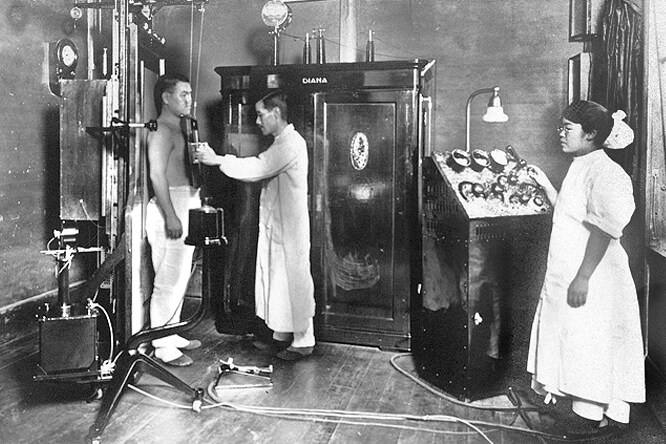
CHRONOLOGY
- 1917
- Reorganized as a joint-stock company with Genzo Shimadzu Jr. as President.
- 1918
-
- Released the DIANA and NEW AURORA medical X-ray systems.
- Started manufacturing analytical balances.
- 1920
-
- Started manufacturing "Gear Coupling" gear reducers.
- Applied for patent on a reactive lead powder manufacturing method.
- 1921
- Conducted first X-ray training seminar.
- 1923
- Established an office in Berlin, Germany.
- 1925
- Started manufacturing mannequins.
- 1929
- Started manufacturing industrial instruments(CO2 Recorder)
- 1933
- Started manufacturing industrial X-ray apparatus (WELTES).
- 1936
- Started manufacturing aircraft equipment (body components).
- 1937
- Started manufacturing nondestructive inspection devices.
- 1940
- Started manufacturing process control instruments.
EPISODE
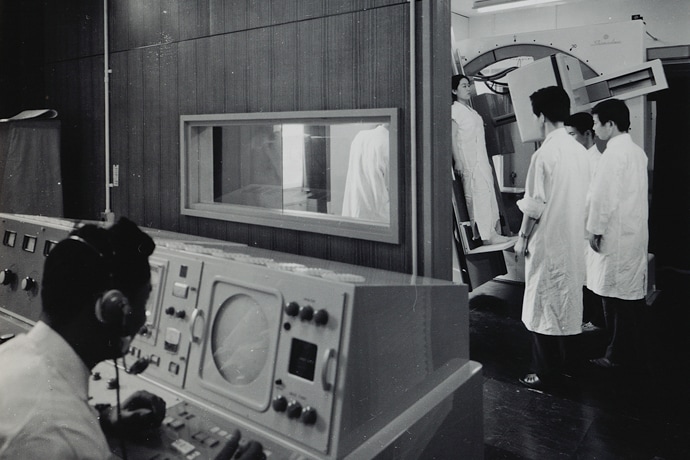
Establishing an Institution for Training Specialized Technologists
Taking responsibility for disseminating correct knowledge about X-rays and training specialized technologists, Shimadzu conducted X-ray training seminars for twenty years and opened the Shimadzu X-Ray Technology Training Center in 1927. As an institution for training X-ray technologists, the center eventually developed into the Kyoto College of Medical Science today and has trained many of the personnel working in the field of radiology.
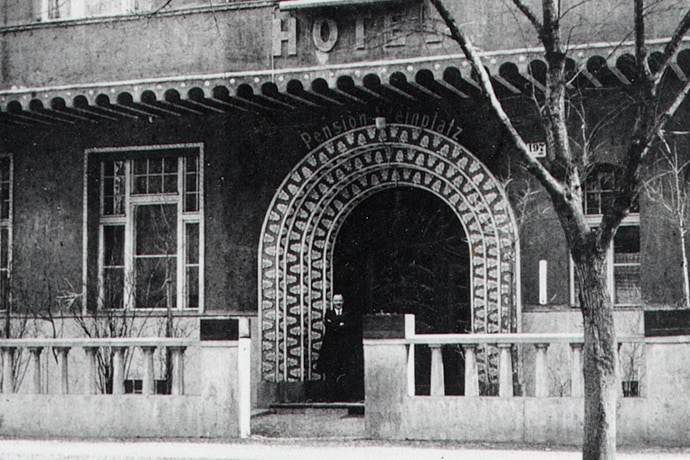
Introducing Advanced Technology from Europe
In 1923, Shimadzu established the first office outside of East Asia in Berlin, Germany. The office served as a vehicle for importing and introducing advanced precision equipment from Europe. Until it closed in 1932, it played a major role in raising the level of scientific technology and contributing to new product development in Japan.
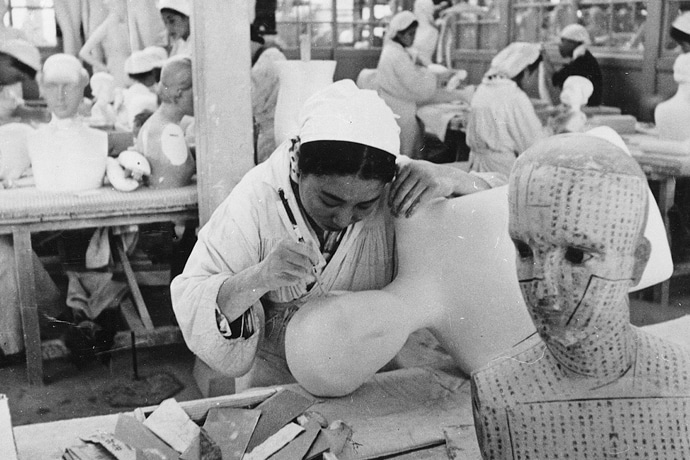
Headwaters of Mannequin Industry
Though not widely known, Shimadzu is the forefather of the mannequin industry in Japan. Using technology cultivated from manufacturing human anatomical models, Shimadzu started making prototype mannequins in 1925. In 1930, Shimadzu succeeded in developing mannequins made with a uniquely Japanese fiber material. At its peak, Shimadzu grew to be a major manufacturer with about 85 % of the market in Japan. Eventually, as the war expanded, however, production was stopped in 1943. The business was never restarted after the war, but Shimadzu's mannequin technology continued to sustain the Japanese mannequin industry through former employees at other companies.
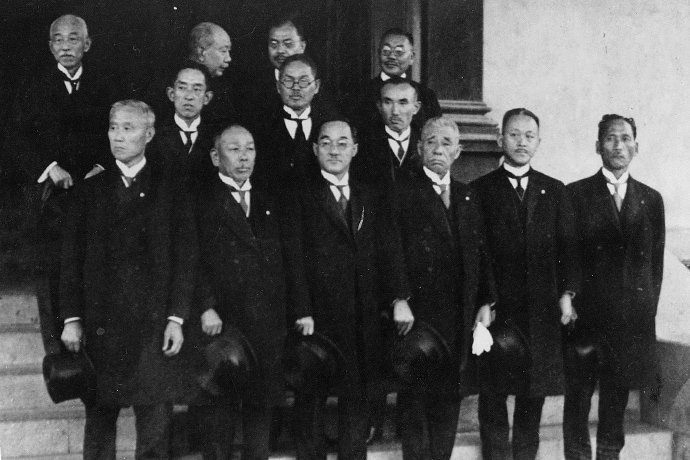
Genzo Jr. Honored as One of Japan's Ten Greatest Inventors
Genzo Junior's invention of the reactive lead powder manufacturing method in 1920 revolutionized the quality and cost of lead powder used in storage batteries. The manufactured lead powder was also used in anti-rust paints, which was even used on the Tokyo Skytree tower completed in 2012. For that invention, Genzo Jr. was selected as one of Japan's ten greatest inventors, along with Dr. Umetaro Suzuki, who succeeded in extracting vitamin B1, Dr. Kotaro Honda, who invented a special steel alloy, and Kokichi Mikimoto, who succeeded in culturing pearls.
